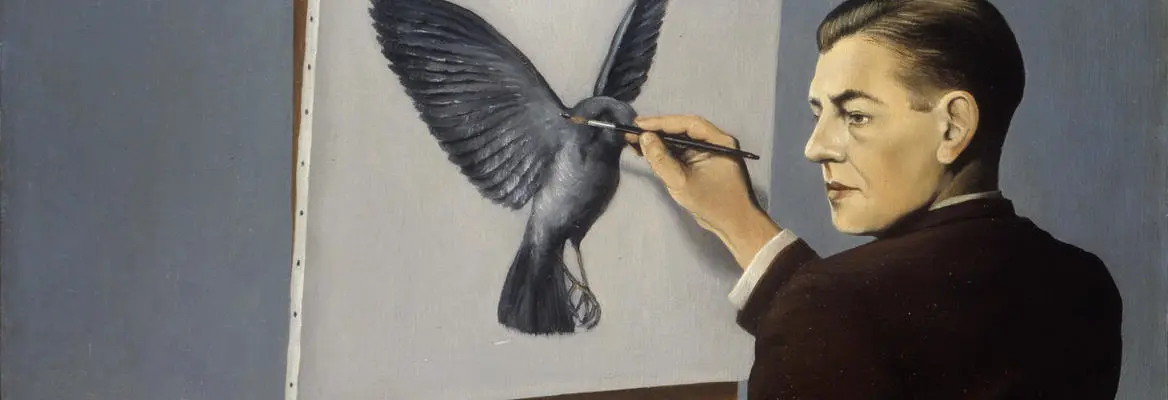All stories belong to someone else, he writes. Not even the story of our own life can be told without narrating the story of other people’s lives.
He examines the photo of his youngest daughter.
What will she write about him one day?
“Africa is far away,” he’d said.
“I am here.”
We belong to the same world, he hears her voice continue, but it’s not what he recalls. No, she just said her I’m here, as if it said it all.
Lula’d say it does.
We are obligated to the people before us, he writes.
Corrects it:
The degree to which we are obligated to the people before us, depends on whether we are stronger or weaker. The one who commands the might to influence the life of the other, also bears the obligation.
Yes, that’s how it is.
He deletes the passage.
Of all people he ought to know. He walks the edge. Between outside and inside. Does he command might or is he prey to the might?
“You’re one of us,” his wife would say.
“She’s bound to say so,” Lula’d say. “Because she knows that in truth you’re one of us,” she’d have continued.
To him it’s of no consequence. It’s all about practicality.
It’s practical to be married into.
Of course he’s in command.
Much selling literature pays for little selling literature. That’s the way it’s always been. Always will be. Also Petra Vinter ought to appreciate it: the author’s novels pay for her mathematical poetry collections.
He retypes the last four lines. Is about to delete them once more, when instead he places them in brackets. Proceeds:
In the execution of his art, the artist abdicates all the obligations human beings otherwise bear in real life, exactly because art is not reality. It is for art to explore and challenge the boundaries of our answerability to reality, and this can only be done by the casting aside of all restrictions existing within the real world.
“It isn’t that we’re working with test animals, toxins, weapons of mass destruction, or the like.”
“How can you expect that the people who do will feel obliged to theirs if you don’t to yours?”
“It’s literature.”
Contradicting Petra Vinter is practical.
“So much the easier. Will the world be better off because of that book?”
“It’s literature.”
“Will the world be worse off for want of that book?”
“Art can’t be measured that way. You know very well yourself.”
“Is it art?”
“It’s literature.”
“Some of it is reality. My reality.”
“But the names are fictitious. No one will know.”
“I know.”
Did she say I? Or did she say:
You know.
“I kept quiet in consideration of something beyond me. No one should enrich themselves on that account.” Did she say that, or did she say: “It’ll be damaging if this story be publicized. Damaging to Morenzao. Damaging to me.”
It’s practical to be practical:
“That’s life. That’s real life.”
“Is it?”
Or did she say:
“Is it how you want it?”
He isn’t certain which parts of this dialogue they’ve had, or which parts are merely forming in his head here and now.
Speaking with Petra Vinter is impractical.
He can see her mouth shape the words: “I kept quiet in consideration of ...”. But did she really say so?
Nor did she say that she was dying. Did she?
It’s the woman in the novel who’s dying of AIDS.















Join the conversation